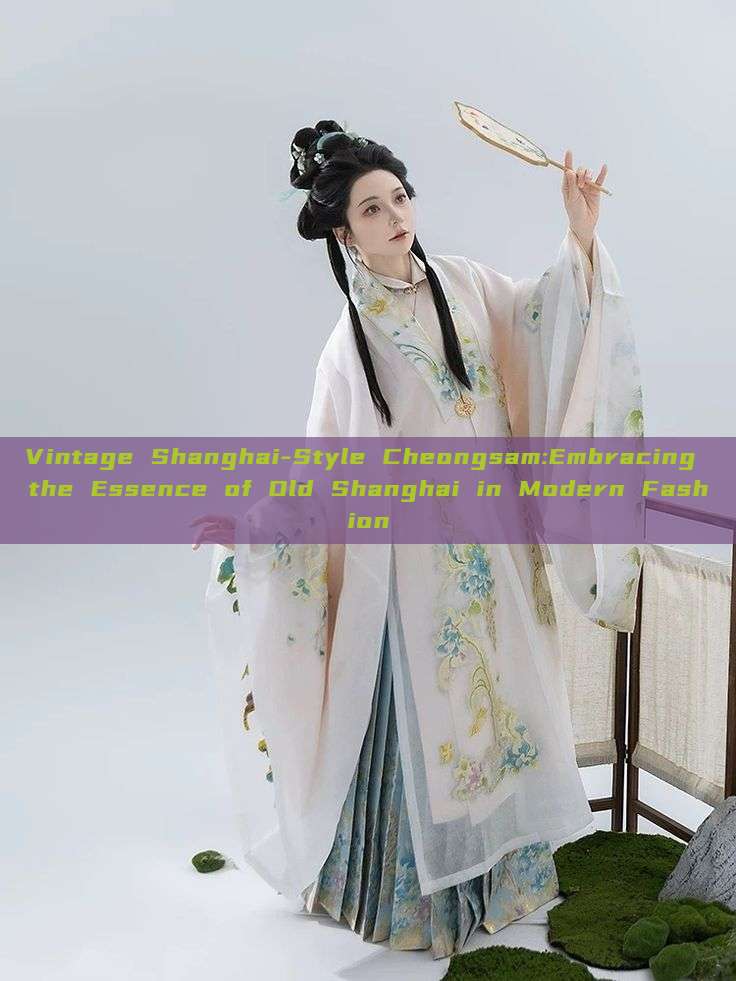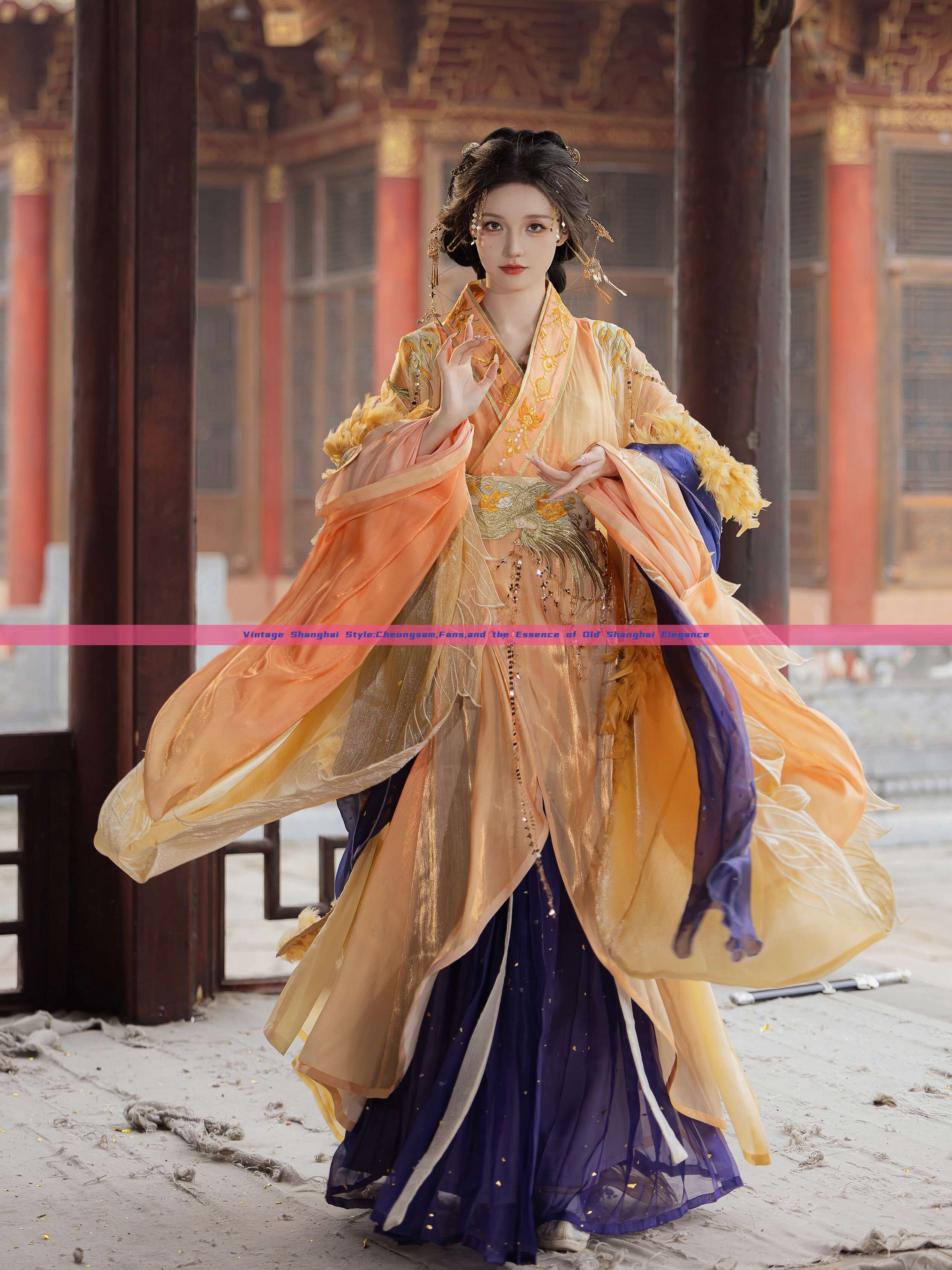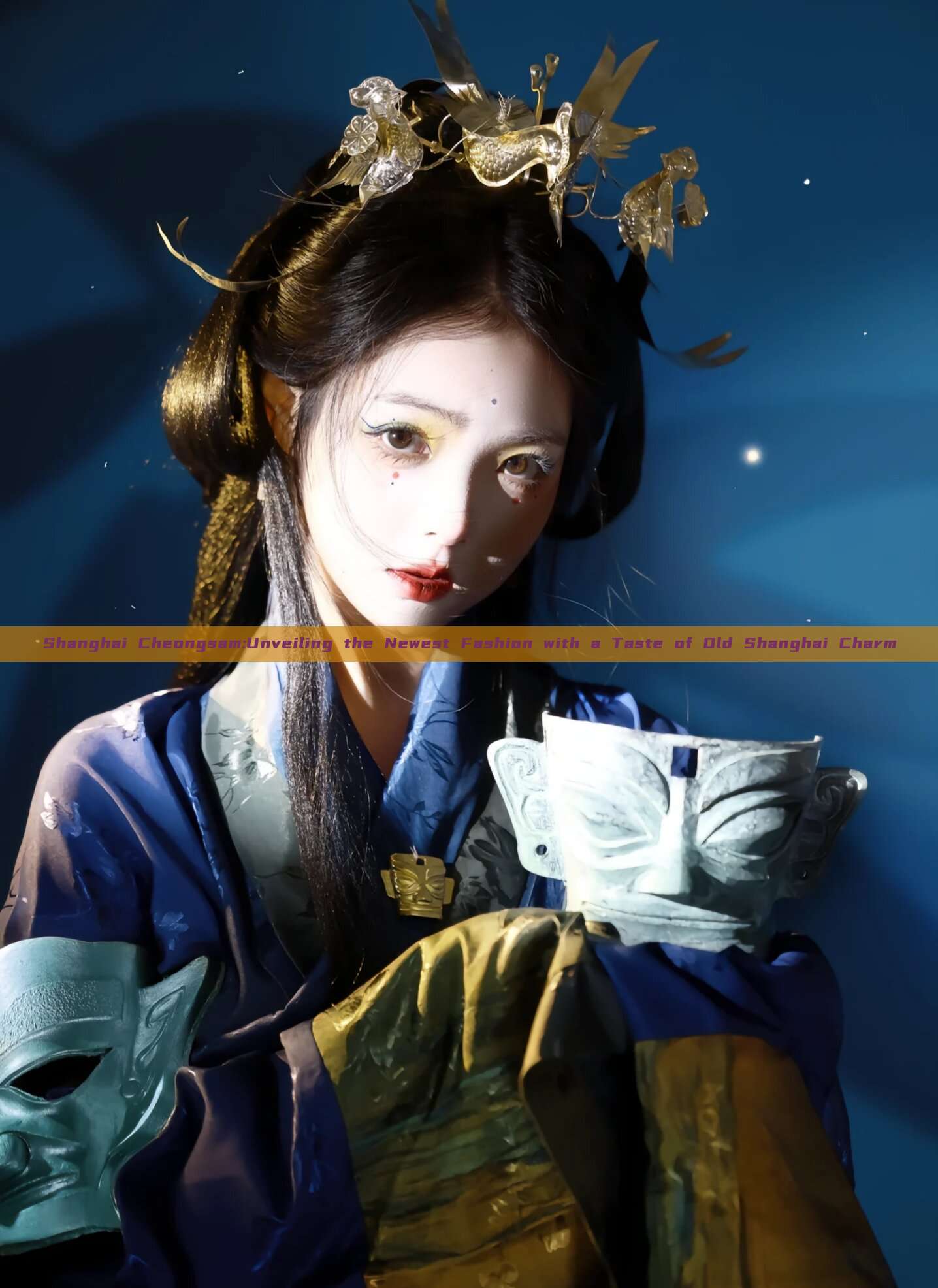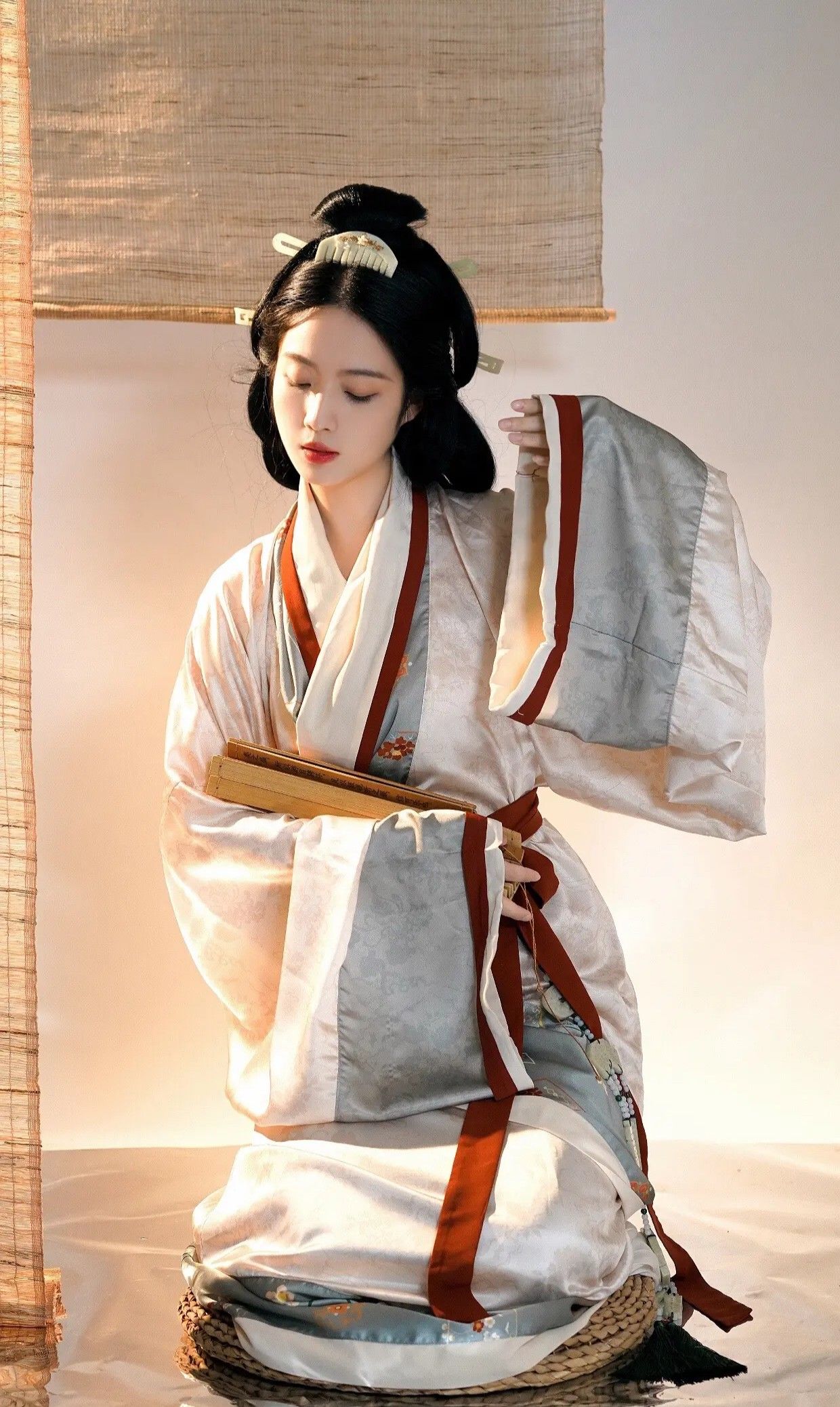In the heart of Shanghai during the Republic of China era, the qipao, a traditional Chinese dress, was a prominent symbol of elegance and cultural pride. This article delves into the beauty and significance of qipao in the context of old Shanghai.
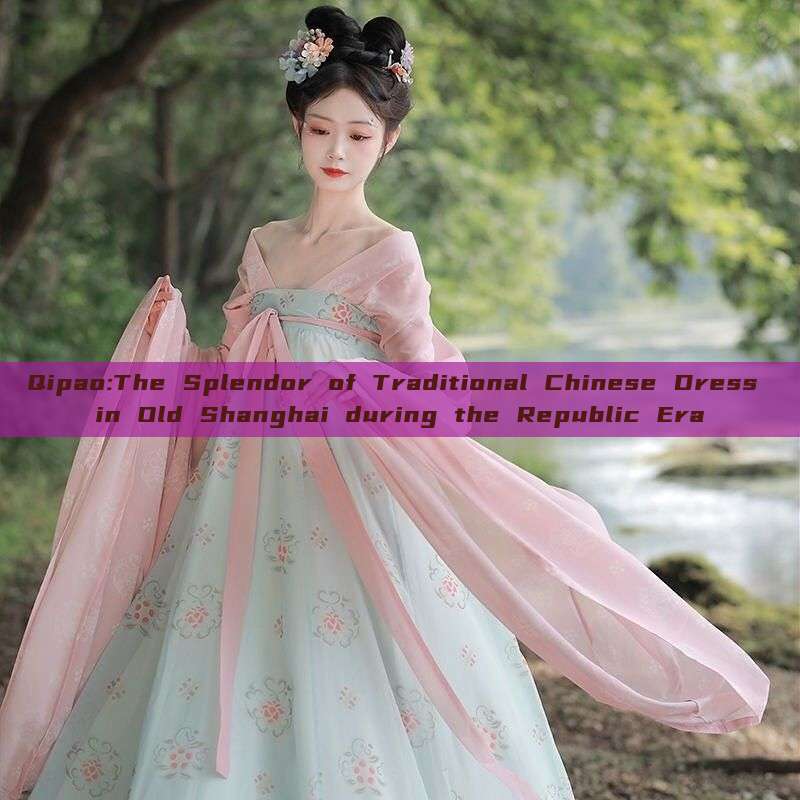
The qipao, often known as the cheongsam in Hong Kong and Singapore, is a graceful garment that embodies the essence of Chinese culture and fashion. Its origins can be traced back to the Manchu era, but during the Republic of China (1912-1949), it underwent significant transformations that made it a popular choice for both everyday wear and special occasions.
In old Shanghai, the qipao was not just a piece of clothing; it was an expression of individuality and social status. It was a blend of traditional Chinese aesthetics with a modern touch, making it a perfect fit for the city's modernizing yet traditional atmosphere. The design of the qipao featured a close-fitting bodice, often adorned with intricate embroidery and beading, and a flowing skirt that gracefully swayed with every movement.
The qipao was worn by women of all ages, from students to professionals, as it offered a balance between traditional values and modern conveniences. Its popularity was further boosted by the rise of cinema and cinema culture in Shanghai, where qipao-clad actresses became icons of the era.
The material used in making qipao ranged from luxurious silk to more affordable cotton, allowing women of different socio-economic backgrounds to wear it. The designs and patterns were constantly evolving, incorporating Western influences with traditional Chinese motifs, creating a unique style that was both timeless and modern.
In addition to its fashion value, the qipao also served as a symbol of social and political change. As China underwent significant transformations during this period, the qipao became a medium to express individual freedom and modern aspirations. Women wore it as a symbol of their increasing participation in social and political activities, showing their willingness to embrace change and modernity.
The qipao also reflected the unique culture and traditions of Shanghai during this era. The intricate details and designs on the garment often featured elements from Chinese culture, such as flowers, birds, and other symbols that held deep cultural significance. The use of these symbols not only added to the beauty of the qipao but also served as a reminder of China's rich cultural heritage.
Moreover, the qipao was not just worn for special occasions but also for everyday wear, showing its versatility and adaptability. Women in Shanghai wore it while shopping, attending parties, or even while working, making it a part of their daily lives.
The qipao's influence extended beyond Shanghai and China, reaching other parts of Asia and even Western countries. Its unique design and beauty attracted global attention, making it a symbol of Chinese fashion worldwide.
In conclusion, the qipao was more than just a piece of clothing; it was a symbol of cultural pride, social change, and fashion in old Shanghai during the Republic era. Its beauty, versatility, and cultural significance continue to captivate people even today, reminding us of China's rich cultural heritage and history.
As we look back at the legacy of the qipao in old Shanghai, we also look forward to its future. The qipao has experienced a revival in recent years, with many modern designers incorporating contemporary elements with traditional designs. Its influence continues to spread, reaching younger generations who appreciate its unique beauty and cultural significance.
In this era of globalization, the qipao stands as a reminder of China's rich cultural heritage and its willingness to embrace change and modernity. Its influence extends far beyond China's borders, making it a symbol of Eastern fashion and culture worldwide. As we look ahead to the future, the qipao continues to captivate our imagination and inspire us to appreciate our cultural roots while embracing modernity and innovation.


